When talking about balayage, there’s a technique that has not only captivated beauty enthusiasts but has also lifted the style of the red carpet: French balayage. This hand-painted technique has become synonymous with effortless style and has been embraced by celebrities like Rosie Huntington-Whitely and Beyonce. Rosie’s sandy biscuit blonde adorned with blonder face-framing pieces and Beyonce’s warmer-toned caramel balayage stand as shining examples of the versatility and timeless style that define French balayage.
Let’s explore the world of this low-maintenance hair colour technique, its application secrets, and why it has become a favourite choice for those looking for a touch of sophistication.
RELATED: Christophe Robin Purifying Scalp Scrub Made My Hair Look Better Than Ever
What is French Balayage?
To understand the magic behind French balayage, one must delve into the application process. Jaye Founder of EdwardsAndCo, explains the importance of customisation, tailoring the colour to suit the client’s hair type and preferences. The secret lies in the feathering technique, even when working with fine strands. By delicately applying colour and diffusing edges, harsh lines are avoided, resulting in highlights that appear effortlessly natural. This feathering approach enhances the texture and movement of fine hair, making it a technique suitable for all hair types.
Difference Between Balayage and French Balayage
The fundamental distinction between French balayage and traditional balayage lies in the application. While traditional balayage employs foils, the French version embraces the artisanal approach of hand painting, Jane adds. This method allows for a more personalised result, creating a seamless blend that complements the individual’s unique hair type and desired look.
One of the standout features of French balayage is its versatility. The hand-painted technique allows for a range of looks, from bold and face-framing to subtle and low-maintenance. It’s a colour application that adapts to various hair lengths and textures, ensuring that every client can embrace the elegance of French balayage.
Jaye adds, “The French balayage is super versatile because it is a hand-painted technique, and a little goes a long way depending on what the client’s desired look is! You can create lighter strands at the face framing and sides of the head for a bolder look, or you can go for a more low-maintenance approach if you like something subtle. It’s a colour that can work on all hair lengths; your stylist can work to your length and texture!”
As winter approaches, the demand for warmth and dimension in hair colour intensifies, and French balayage is a perfect choice for the colder months as you can lighten up your locks or can opt for rich, warm tones such as caramel, honey, or chestnut. These hues not only add a touch of coziness to the hair but also combat the dullness that often accompanies the winter season.
French Balayage Hair Inspiration
You’ll also like this:
11 Best Hair Oils For Every Hair Type And Concern
Going On Holiday? Here Are The Best Skin, Makeup And Hair Minis To Take With You
How To Incorporate Olaplex Into Your Routine For Your Best Hair Yet

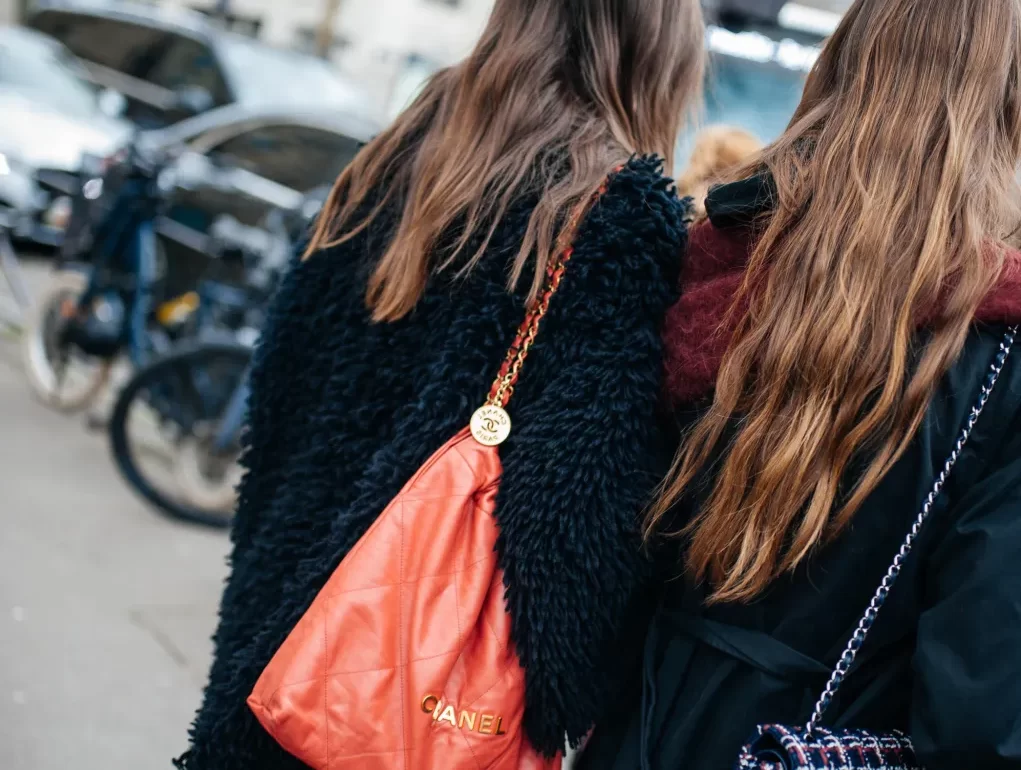


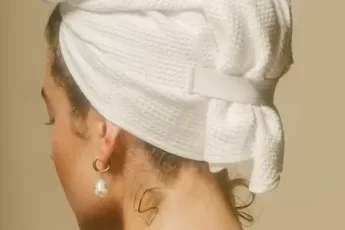
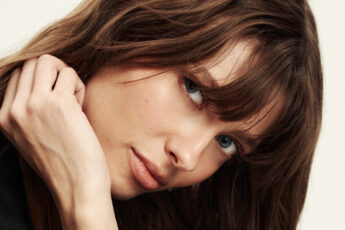
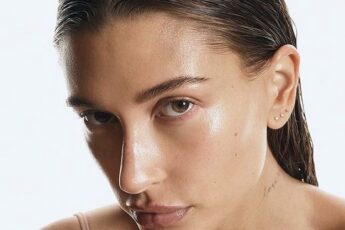
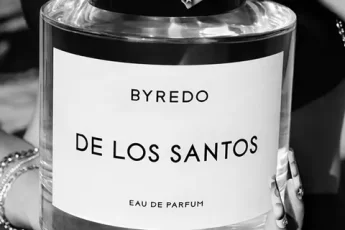
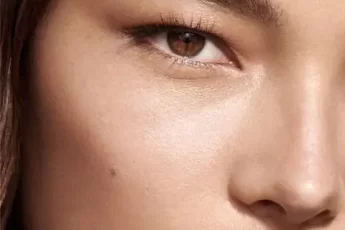
Leave a Comment